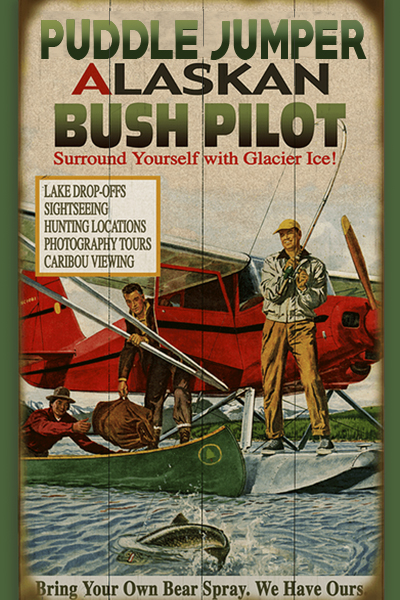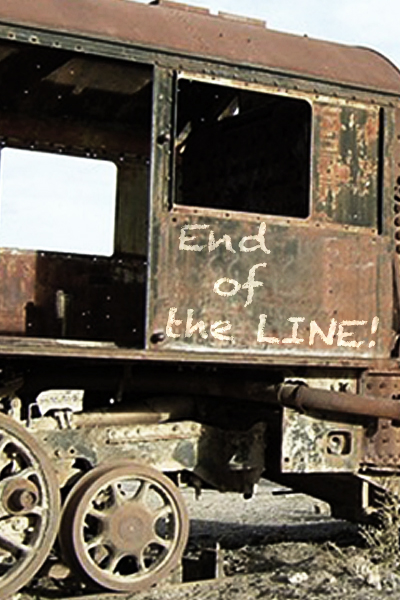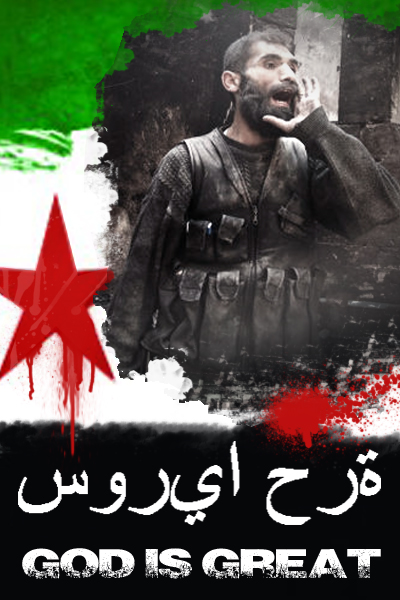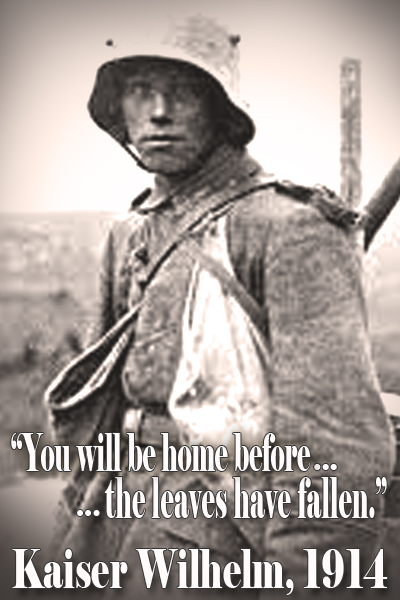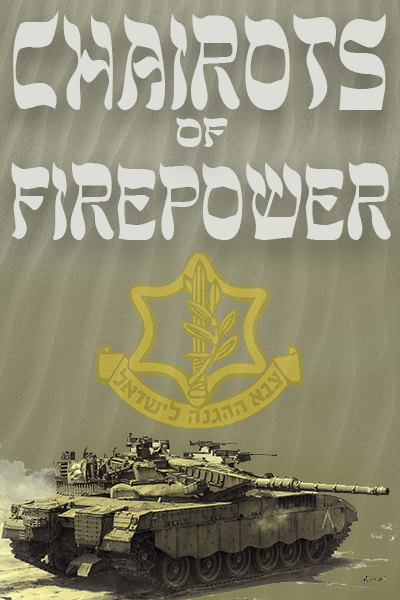 The Merkava or ”Chariot” is Israel’s first domestically designed and produced main battle tank. It was developed in the late 1970’s after Israel was unable to procure the British Chieftain. Incorporating the lessons learned by the IDF during their past wars.
The Merkava or ”Chariot” is Israel’s first domestically designed and produced main battle tank. It was developed in the late 1970’s after Israel was unable to procure the British Chieftain. Incorporating the lessons learned by the IDF during their past wars.
The Merkava was first used in combat during the 1982 Lebanon War, where Israel deployed 180 units. The wartime experience brought to light some vehicle shortcomings. These shortcomings were noted and adjustments were designed into the MkII production models. The Mk.I tanks were retrofitted with some of the new Mk.II features – such as the installation of chain netting to the rear of the turret in order to eliminate a shot trap. The results became known as the Mk.I Hybrid, which is the subject of this article.

